TYPE DESIGN INFORMATION PAGE last updated on Fri Dec 13 00:42:10 EST 2024
FONT RECOGNITION VIA FONT MOOSE
|
|
|
|
New York architect, designer and artist. Born in Pomfret, Connecticut in 1869 and died in New York in 1924. He is most famous for designing Cheltenham (1896) for the Cheltenham Press in New York, a long-ascender classical American typeface created initially for Ingalls Kimball at the Cheltenham Press. He also designed Merrymount (1894-1896, Merrymount Press, a medieval-look humanist typeface cut by Woerner of A.D. Farmer&Son). Cheltenham was adapted, extended, and revisited by many, starting with Morris Fuller Benton from 1904-1911, who created a full family of Cheltenhams for ATF---Benton's Cheltenham is the Cheltenham we have today. The (British) Monotype version was Gloucester [it had an italic p with the normal closed bowl]. Stephenson Blake had Winchester [which may be distinguished by the curl of the ear in the g and the serifs of the s]. Intertype had Cheltonian. Berthold originally called their version Sorbonne (1905). In 1975, Tony Stan increased the x-height in his revival for ITC. Digital Cheltenham versions can be found at SoftMaker (Cheltenham Pro, and S790), Elsner&Flake (Cheltenham OldStyle EF), Berthold (as Sorbonne BQ), Adobe (ITC Cheltenham by Tony Stan), URW (Cheltenham Old Style, and the 2001 typeface Cheltenham D Bold Extra Condensed), Castcraft (as OPTI Cheltenham Old Style), Monotype (as Gloucester Old Style, Monotype's version of Cheltenham), Paratype (the 1997 Academy typeface family by Lyubov Kuznetosova and Alexander Tarbeev), Cheltenham Pro (2012, Softmaker), Bitstream (Cheltenham; also under the names Stubserif 705 and Stubserif 205 for the Extra Condensed versions), Font Bureau (FB Cheltenham by Jane Patterson, 1992), ITC (Tony Stan's 1975 version of Cheltenham; and ITC Cheltenham Handtooled, a 1993 openface family by Tony Stan and Ed Benguiat), and Scangrapghic (Chelten or Cheltenham Old Style SB). Mac McGrew on Cheltenham: The design of Cheltenham Oldstyle and Italic is credited to Bertram Grosvenor Goodhue, an architect who had previously designed Merrymount, a private press type. For Cheltenham he had the assistance of Ingalls Kimball, director of the Cheltenham Press in New York City, who suggested and supervised the face. Original drawings were made about 14 ' inches high, and were subjected to much experimentation and revision. Further modification of the design was done by the manufacturers. Some historians credit this modification or refinement to Morris F. Benton; another source says it was done at the Boston branch of ATF, which suggests that the work may have been done by Joseph W. Phinney. In fact, Steve Watts says the typeface was first known as Boston Oldstyle. Mergenthaler Linotype also claims credit for developing the face, but it was first marketed by ATF. Trial cuttings were made as early as 1899, but it was not completed until about 1902, and patented in 1904 by Kimball. It was one of the first scientifically designed typefaces. The thin lines were strengthened to avoid the emaciated look of many types of the period. It is almost a monotone, but with just enough difference between light and heavy lines to avoid monotony. The small serifs and short, compact lowercase make a high character count. Ascenders are unusually long, while descenders are quite short. This was done as a result of studies that showed the greater importance of the upper half of a line of type in creating readily recognizable word shapes and result ing readability. The typeface has had much adverse criticism, especially because of its short descenders and the unusual design of several characters---notably A with the extension of its thick stroke at the top, G with the curve extended at the bottom, and g with its angular, unclosed tail. The alternate form of r, with its arm raised above x-height, has also been criticized, but this is mostly the result of misuse. It is disturbing within a word, but adds a bit of grace at the end of a word. Oddly, original fonts had only this form, with the more regular r added later; most fonts for handsetting include both forms of r, but those for machine setting include only the normal form or in a few cases only the more exotic form. Morris Benton, ATF's chief designer, produced Cheltenham Bold in 1904 and a score of variations up to 1913, methodically exploring the possibilities of various combinations of weight and width, and making this the first true large type family. Benton's variations include Cheltenham Bold Condensed, 1904; Cheltenham Bold Italic, Cheltenham Bold Condensed Italic, Cheltenham Wide and Cheltenham Bold Outline, 1905; Cheltenham Bold Extra Condensed and Cheltenham Bold Extended, 1906; Cheltenham Inline, Inline Extra Condensed and Inline Extended, 1907; Cheltenham Oldstyle Condensed, 1909; Cheltenham Medium, 1909; Medium Italic, 1910; Cheltenham Extrabold, 1910; Cheltenham Bold Shaded, Bold Italic Shaded and Extrabold Shaded, 1912; and Cheltenham Medium Condensed and Expanded, 1913. Linotype, Monotype, and Ludlow each have duplicates of a dozen or more Cheltenhams, while Intertype has the same under the name Cheltonian. Nearly all of these are essentially the same, except for the addition of ligatures and diphthongs in some display fonts (as shown for Cheltenham Bold), and the modification of keyboard sizes to fit mechanical requirements, but this is substantial in some cases. A curious exception is C heltenham Bold Outline; in the original foundry version it is cut from the same patterns as Bold so they will register for two-color work, while Monotype display sizes have several characters rather crudely redesigned---note H, P, R, e, h, u shown separately. Some of these other sources have also added versions of their own, notably Cheltenham Cursive, designed by Robert H. Middleton for Ludlow, and Cheltenham Wide Italic on Monotype, probably designed by Sol Hess. The latter carries the modifications required for machine-set sizes into display sizes as well. There are several oddities in the Cheltenham family. Cheltenham Wide is identical with Cheltenham Oldstyle except for the lowercase, in handset fonts. The same figures and punctuation marks from these two typefaces are also shared by Cheltenham Oldstyle Condensed, again in handset fonts. In the specimens shown here, compare Oldstyle and Wide. The former, set in ATF type, has two forms of cap C, which that foundry supplied with both typefaces, while the latter, set in Monotype, has two forms of cap W, which that company made only for that face. The unusual paragraph, prime and double prime marks, as well as parentheses and brackets, were made by ATF in some sizes of all three typefaces, but by Monotype only in Cheltenham Oldstyle. There is no Cheltenham Condensed Italic, but Linotype has a Cheltenham Extra Condensed Italic (so-called), which is actually a little wider than Cheltenham Condensed (roman)---why it is called extra condensed is not known. It suffers from adaptation to straight matrices, with annoying gaps between some letter combinations. But Cheltenham Medium Italic was designed more successfully by Benton to fit straight type bodies without kerns. Figures in the medium, bold, and extrabold weights differ from those of the Oldstyle; also notice how the x-height increases with weight. Ludlow Cheltenham is distinguished by the greater slant of some of its italics, and by the rounder top on the roman lowercase a and the rounder lower spur on capital G, as shown in some of the specimens. Western Type Foundry copied several members of this family as Chesterfield. Hansen had the Craftsman series, differing most noticeably in the few characters shown; and other foundries around the world copied it under a variety of names. Also see Kenilworth, Lowell, Venetian. Books on Cheltenham include one by Thomas Hailing: Specimens of General Printing . Cheltenham (1882, Oxford Printing Works). Posters created on Cheltenham include one by Anna Brooks (2013). |
EXTERNAL LINKS |
| | |
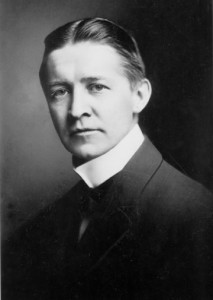
file name: bertram grosvenor goodhue Pic

file name: B G Goodhue Merrymount Type 1895

file name: B G Goodhue Merrymount Type 1895d

file name: B G Goodhue Merrymount Type 1895e
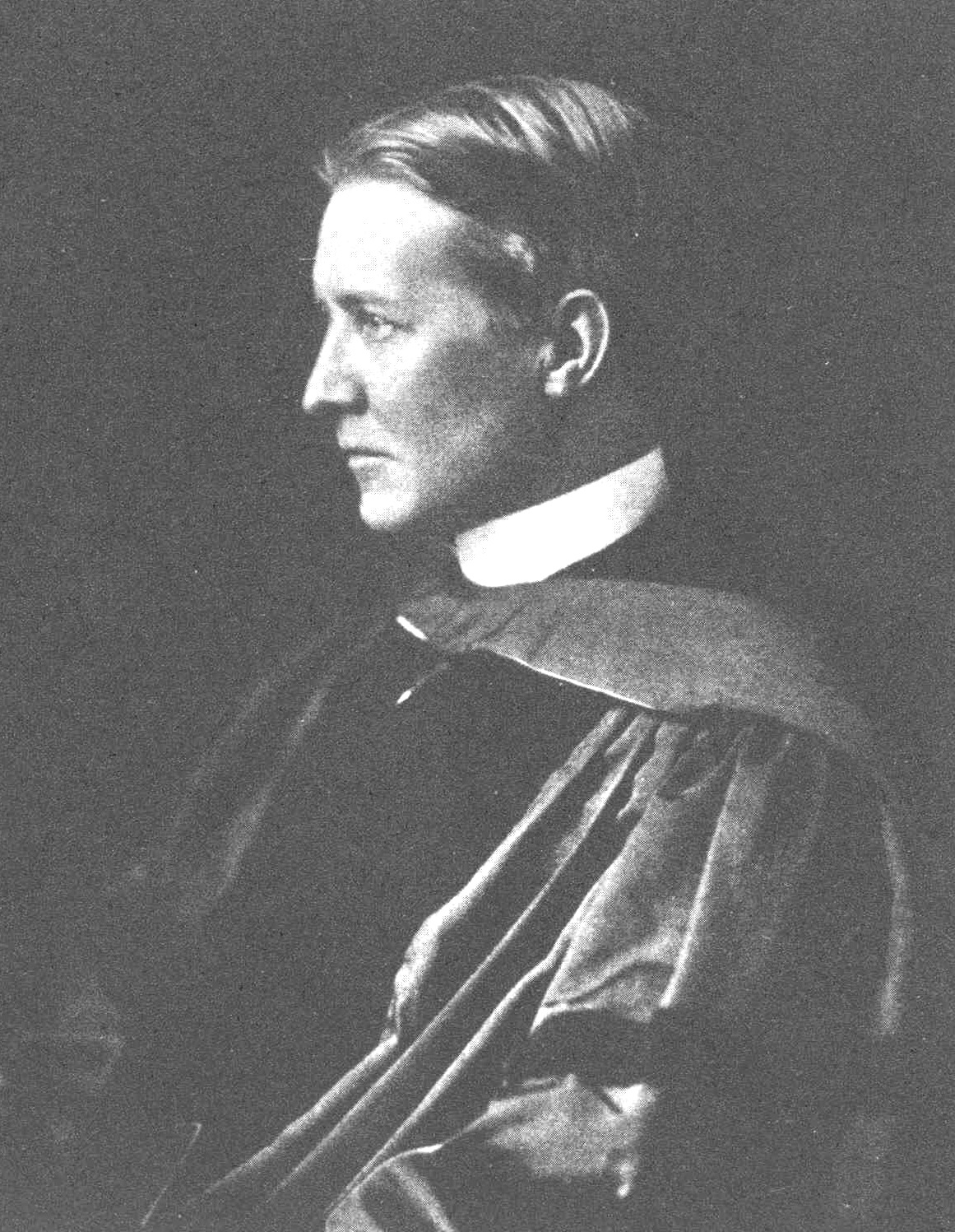
file name: Bertram Grosvenor Goodhue Grolier Club Pic 1931
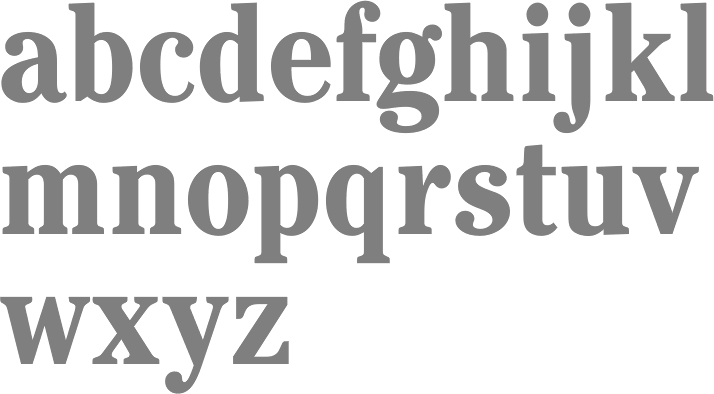
file name: Softmaker Cheltenham Pro Condensed Bold 2012
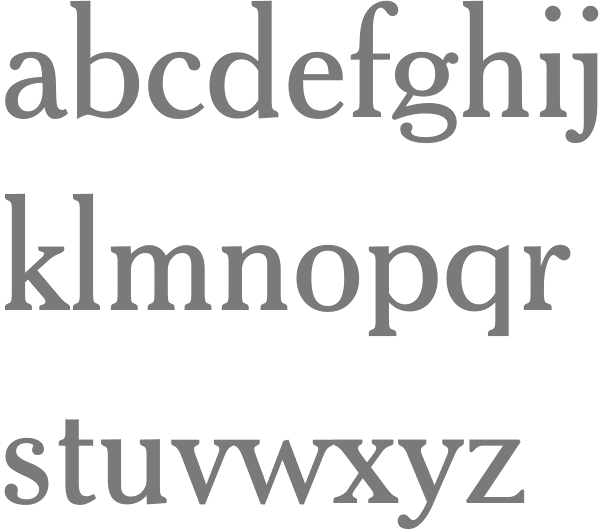
file name: Bitstream Cheltenham 2011

file name: A T F Cheltenham Oldstyle
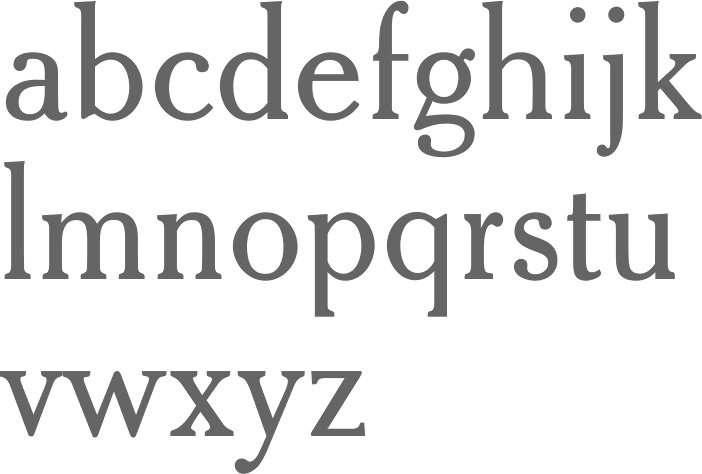
file name: Elsner Flake Cheltenham Old Style E F
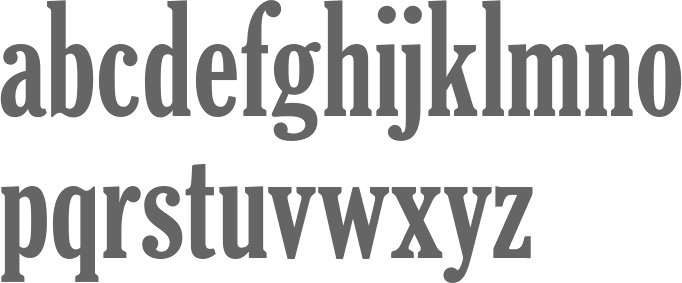
file name: Jane Patterson Cheltenham F B Bold Condensed 1992
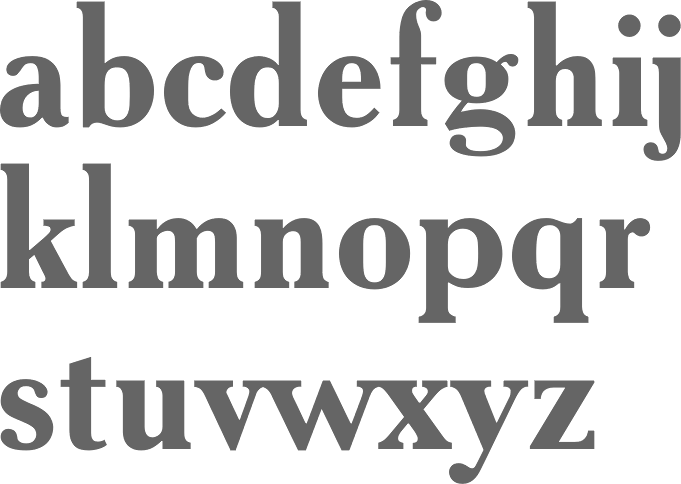
file name: Lyubov Kuznetsova Alexander Tarbeev Academy Bold 1997
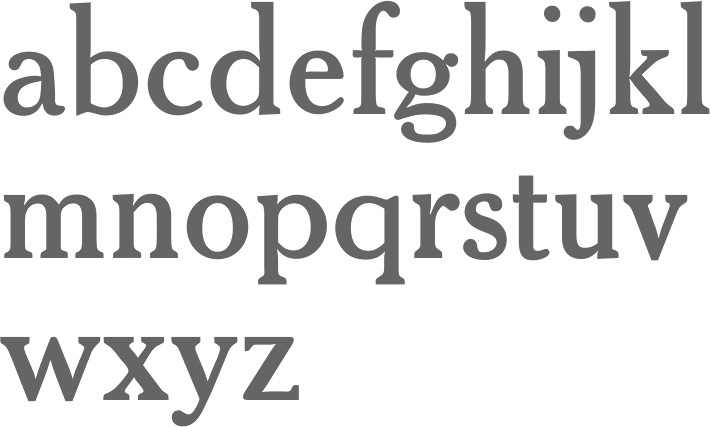
file name: Scangraphic Chelten Old Style S B
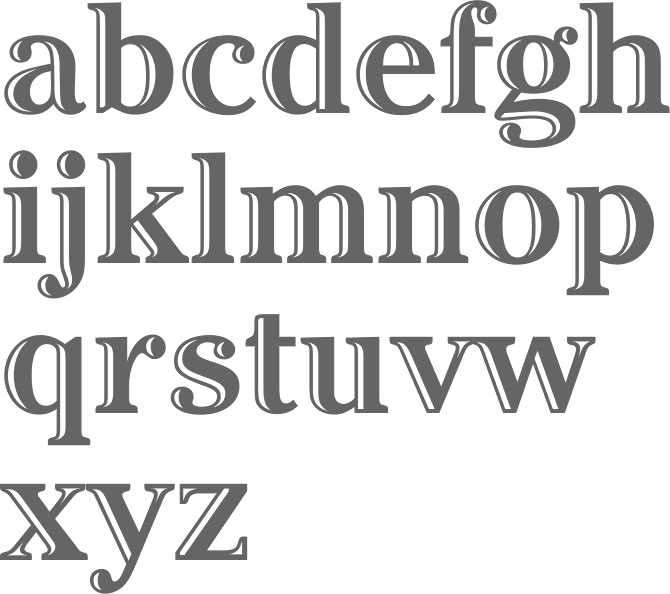
file name: Tony Stan Ed Benguiat I T C Cheltenham Handtooled 1993

file name: Tony Stan Cheltenham Book 1975

file name: Tony Stan I T C Cheltenham Bold 1975
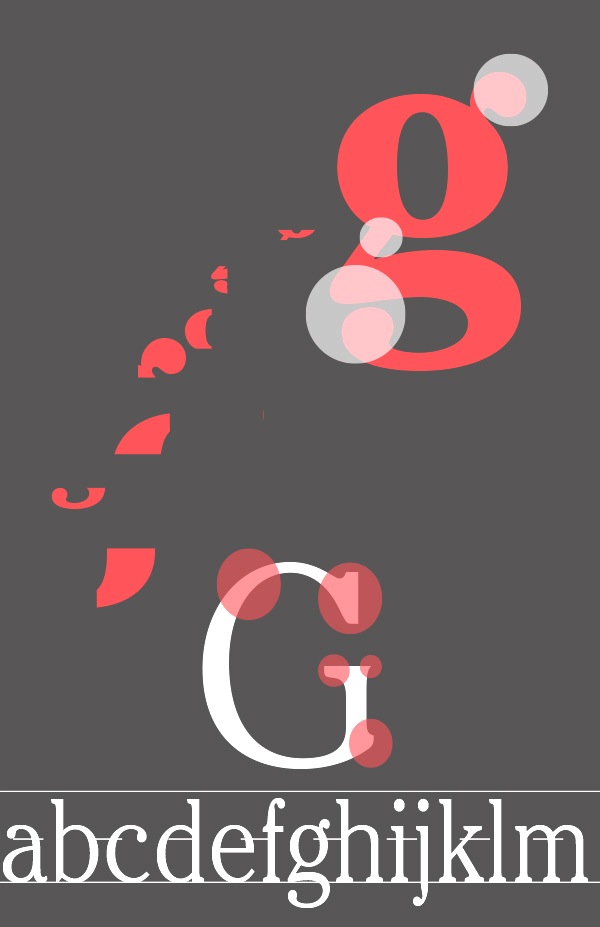
file name: Cheltenham Poster by Anna Brooks 2013
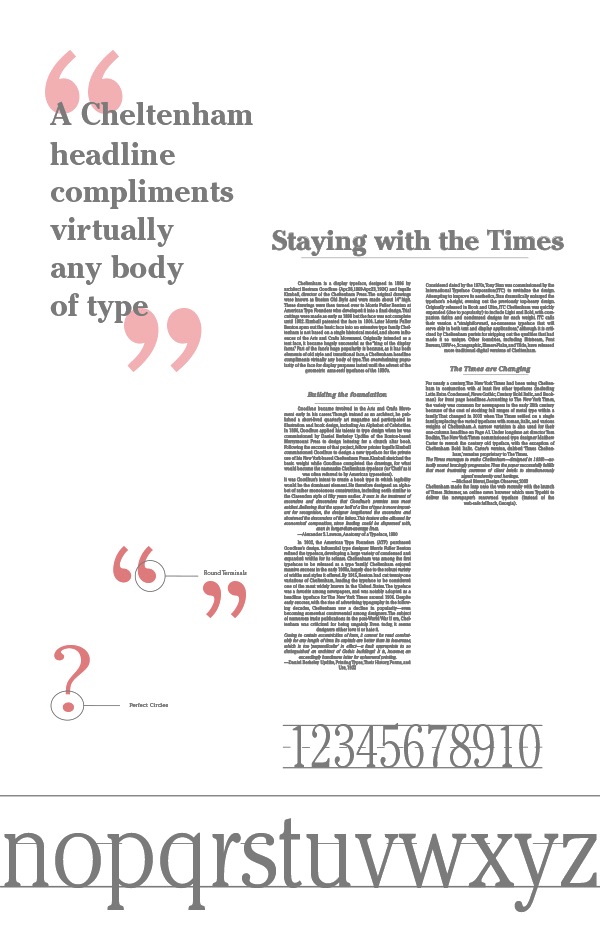
file name: Cheltenham Poster by Anna Brooks 2013b

file name: U R W Cheltenham D Bold Extra Condensed 2001
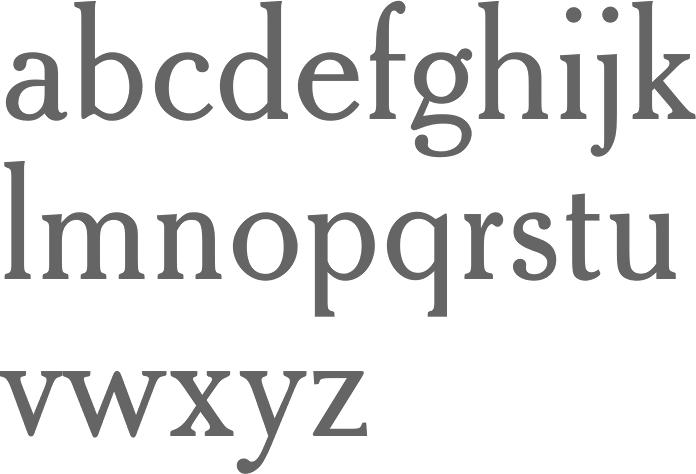
file name: U R W Cheltenham Old Style
| | |
|
Luc Devroye ⦿ School of Computer Science ⦿ McGill University Montreal, Canada H3A 2K6 ⦿ lucdevroye@gmail.com ⦿ https://luc.devroye.org ⦿ https://luc.devroye.org/fonts.html |


